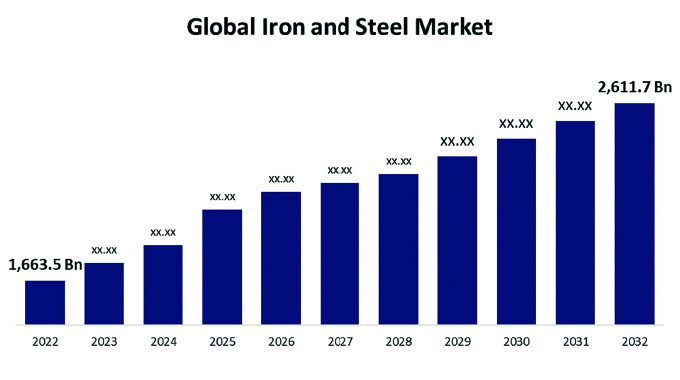June inflation in marginal increase


Month-on-month food and non-alcoholic beverages inflation stood at -0,12 percent in June 2014, gaining 0,18 percentage points on the May 2014 rate of -0,30 percent
Business Reporters
ZIMBABWE’S year-on-year inflation rate for the month of June 2014 stood at -0,08 percent, gaining 0,11 percentage points on the May 2014 rate of -0,19 percent.
According to ZimStat, this means that prices as measured by the all items Consumer Price Index decreased by an average of 0,08 percentage points between June 2013 and June 2014.
The rise in inflation is marginal and could have been influenced by seasonal products and tobacco inflows but economists warn that Zimbabwe still faces weak aggregate demand.
“We are witnessing a very stable price period and prices are not changing that much because people do not have much money to spend.
“The percentage gain on year-on-year or month-on-month is a tiny figure, it’s nearly a straight line. The marginal variation could be influenced by seasonal products,” said economic analyst Mr John Robertson.
He said most workers are not being paid on time while others are not being paid at all and this is forcing them to spend less.
He said the inflation could be slightly positive in the next few months although there is not enough production going on in Zimbabwe.
Economic analysts say the low real disposable incomes were forcing consumers not to spend and this has suppressed demand for goods and services.
University of Zimbabwe senior lecturer in the Economics Department, Dr Albert Makochekanwa said while on the demand side consumers do not have money to spend, retailers may be reducing prices in a bid to compete with cheap products imported especially from South Africa.
“Suppliers may be trying to compete with their counterparts especially in South Africa where unit costs of production are relatively low leading to low selling prices.
“In Zimbabwe, unit costs of production are relatively high but suppliers and retailers may be forced to reduce prices to remain competitive,” said Dr Makochekanwa.
He said unless salaries increased, of which indications are that they may not in the short to medium term, the situation is likely to obtain.
Economist Mr Joseph Sagwati said the prevailing deflationary pressure signifies a correction and price resistance on the part of consumers.
“Prices are low and not rising and this has created a deflationary environment which is becoming very hard to stimulate,” said Mr Sagwati.
He said the co-operative pooling of resources that most individuals have adopted where they buy goods in bulk from South Africa shows consumers are resisting local prices. This has led to reduced business for local retailers leading to low prices.
The month-on-month inflation rate in June 2014 was -0,03 percent gaining 0,11 percentage points on the May 2014 rate of -0,13 percent.
This means that prices as measured by the all items CPI decreased at an average rate of 0,03 percent from May 2014 to June 2014.
The month-on-month food and non-alcoholic beverages inflation stood at -0,12 percent in June 2014, gaining 0,18 percentage points on the May 2014 rate of -0,30 percent. The month-on-month non-food inflation stood at 0,02 percent, gaining 0,07 percentage points on the May 2014 rate of -0,05 percent.
The year-on-year food and non-alcoholic beverages inflation prone to transitory shocks stood at -3,54 percent whilst the non-food inflation rate was 1,67 percent.
The CPI for the month ending June 2014 stood at 100,73 compared to 100,75 in May 2014 and 100,81 in June 2013.
In its state of the economy for May, Finance and Economic Development Ministry said inflation, going forward, would be influenced by aggregate demand, international oil and food prices, as well as the country’s real effective exchange rate against our major trading partners.
The International Monetary Fund said the temporarily falling prices will benefit consumers with job security. By delivering a boost to aggregate demand, falling prices may contribute to eroding the country’s negative output gap. Deflation could also correct the existing over-valuation in the real exchange rate, although that would require prices of non-traded inputs, notably labour and final goods to fall faster than the prices of traded goods.
“Falling prices boost the real money supply and could alleviate somewhat the persistent liquidity shortages,” said IMF.
On the downside, the IMF noted that persistent deflation may increase the real burden of existing debt in a country that is already under financial stress. It also hurts producers and might further reduce Zimbabwe’s productive capacity, if it leads to widespread company downsizing and closures.
In the medium term, the IMF suggested that structural reforms that improve the business environment and stimulate domestic and foreign investment could offset the deflationary impulse.
In the absence of monetary policy tools, authorities must avoid exacerbating the distortions and imbalances, for example, by resisting the impulse to restrict imports and by avoiding further public sector wage increases, which put pressure on salary negotiations elsewhere in the economy.








Comments